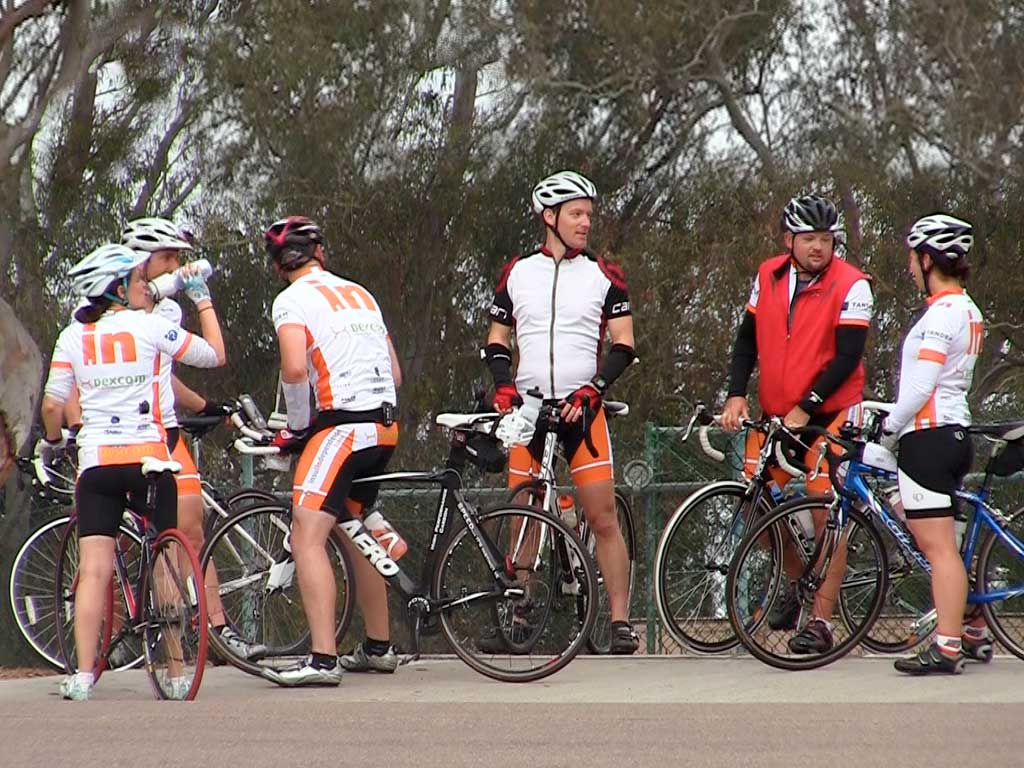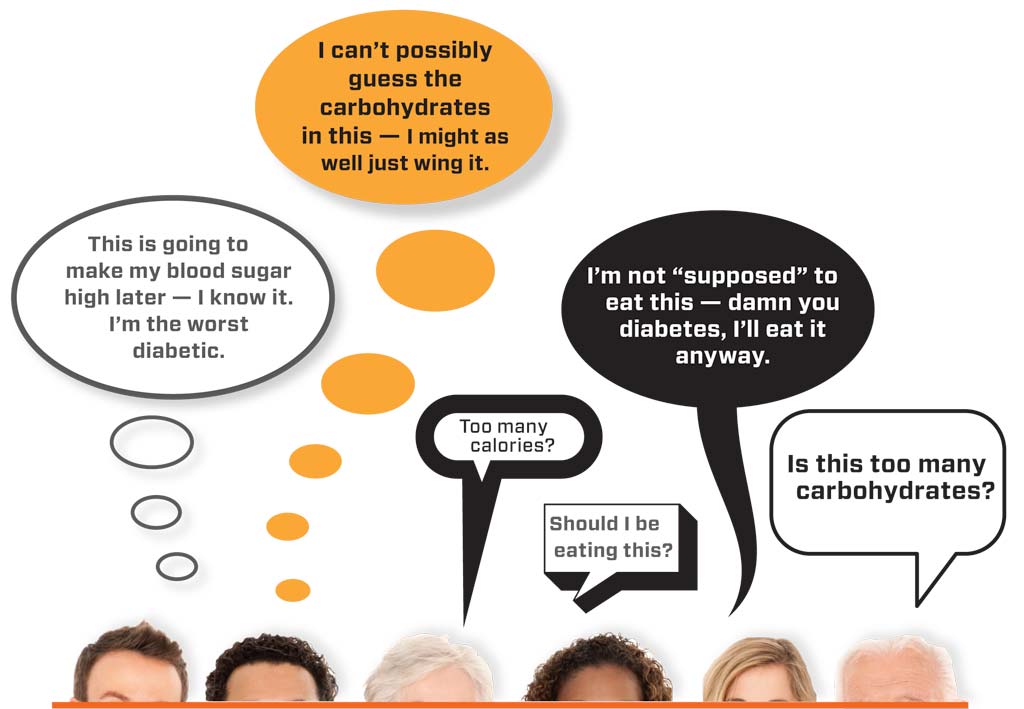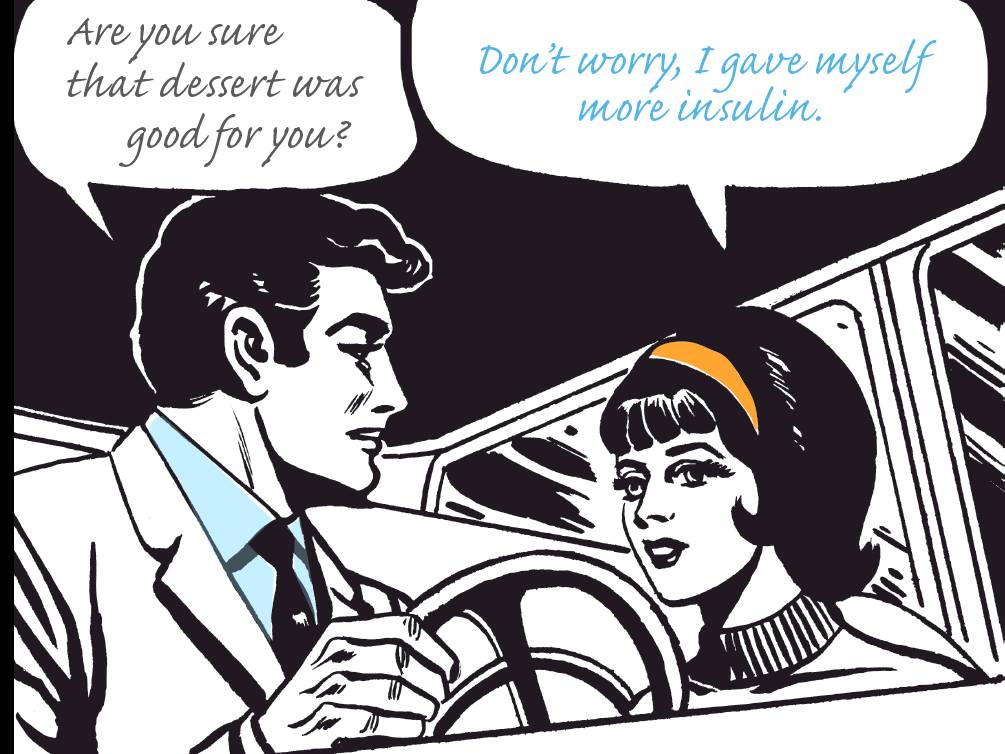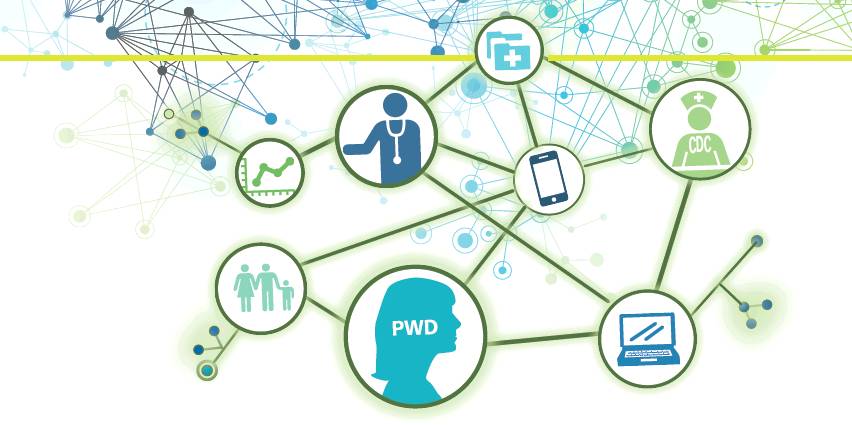
Becoming a Nanny
About 15 years ago, I was looking for work as a babysitter, to supplement my life as an artist, in Chicago. It can be a challenge to find a good fit for all parties and I was fortunate to meet an awesome family with two kids, 2 and 5.
The two-year-old, Evan, was almost immediately diagnosed with Type I Diabetes (T1D). As his parents learned how to manage his disease they taught me right along with them. We managed his blood sugar with food, at first, checking his levels and counting carbs.
His blood sugar reader was kept in a kitchen drawer, in a little travel pouch with test strips and tissues. He adjusted quickly to the finger pokes and was quickly becoming a fearless and hilarious toddler. At the same time, his disease progressed quickly, and soon there were syringes and insulin in that little pouch in the kitchen drawer.
My First Crisis
One afternoon around that time, he and I were home alone, preparing to have lunch. I gave his finger a poke to check his blood sugar since that would determine our menu for the afternoon. A normal (safe) number is under/around 100 and I had never seen him with a reading over 200. But this afternoon the meter read 320.
“Oops,” I said, trying to be casual, “I need to check you again.” He was agreeable and offered me his other hand. This reading was a bit higher. I immediately called his dad who was, for the only time ever, unreachable. His mom was my next call. While the phone was ringing, I checked him a third time and got the same number, 325. This was not an error.
“She’s in a meeting,” her assistant told me.
“I need to speak to her. It’s…an emergency.”
“She’ll call you in a moment.”
Click.
Instantly, the phone rang back.
“Hi, what’s going on?” she asked.
“Evan has a reading of 325. I checked him three times.”
“Ok. Open the kitchen drawer,” she directed, “do you see the insulin in there? And the syringes?”
“Yes.”
“Did my husband show you what to do, yet?”
“No.”
“I’m going to tell you what to do and then you will give him a shot, ok?”
“Ok.”
She quickly and clearly walked me through the steps.
“Got it?” she asked me.
“Yes.”
“I’m gonna hang up now, call me when you’re done.”
Click.
You got this, I thought. I took my little blond-haired buddy and his life-saving kit to the garden, where I sat him in the shade. For a moment I just looked at him. He looked adorable, normal, fine. But I knew better.
”I’m going to give you a quick little shot now, ok?” Before I got the needle anywhere near his leg, he howled. In my single-minded focus, I was squeezing the heck out of his little leg. I loosened my grip and gave him the shot. Easy peasy, he barely reacted. I don’t remember what happened after that. I’m sure I made us lunch and checked his levels. I’m sure I called his mom.
Living a Normal Life
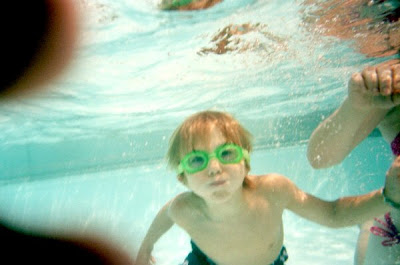
Armed with knowledge from his parents, and the kit – that small zipper pouch with his glucose meter, blood testing strips, bandaids, insulin, and later a replacement site for his insulin pump, I felt capable and prepared.
Diabetes stopped us from doing absolutely nothing – we went to the pool, the park, museums, and restaurants. Most of the time we never thought about diabetes, at least he didn’t, I hope.
This was my job on the small team managing his disease. Led by his parents, we were caregivers, teachers, camp counselors & family friends. Of course, even his older brother, who was also just a kid, played an important role. He would discreetly whisper in my ear for some cookies or a treat and eat them silently in the kitchen closet, while I distracted Evan.
Self-management ups and downs
When Evan was old enough to read his own meter, he (very) slowly began taking over some responsibility for his own care.
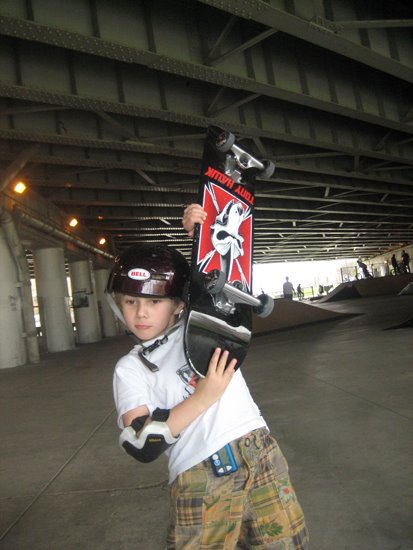
One day, around this time, I arrived to find his dad wild-eyed. He had found Evan watching TV, eating candy and dosing himself after every piece. Apparently, he’d only had a few pieces and was quite happy with himself in the way only an 8-year-old can be when his dad arrived on the scene.
“He just doesn’t GET IT,” his dad said, trying to control his anger at no one in particular. Of course, we both knew there was no way that he could ‘get it’. Not yet, anyhow.
A few weeks later, another child in Chicago who also had T1D, was home alone and gave in to that same childhood impulse; to eat too much candy. I had Evan on my mind when I read the article about her death. I was reminded of the huge responsibility of managing his disease, the weight of the responsibility that his parents carried every day, and that I occasionally shared.
Dangerous low and ongoing fear
Later, I had the great privilege of moving in above this family into their rental apartment. The kids were a bit older and didn’t need much extra care.
One morning I awoke to news about a terrifying night downstairs, where Evan’s blood sugar had dropped dangerously low in the middle of the night and he was now in the PICU.
The house was silent while we all held our breath. After 3 days, he came home and was immediately out front on his scooter, yelling, running and bouncing a ball, as if nothing had happened.
But after that, when I came home late at night, I would see a small light on in their living room, the outline of his dad sitting in his chair, afraid to sleep. He was checking Evan’s levels multiple times a night, doing his best not to wake him.
Though I understood his fear, I could not imagine the responsibility. Not until now. Now, I have an almost 3-year-old son, he’s about the age of Evan when I gave him that first shot.
Perspective now that I have a son
When Evan was diagnosed at two years old, a unit of insulin cost less than .13 cents. Today it is over $15. He’s lucky to have access to the healthcare he needs.
I’m lucky that my son does not need a little zipper pouch with life-saving medicine. But that’s all it is – it’s just dumb luck.
As a parent, I can now see how this kit, a little zipper pouch with a few small items was an ever-present reminder of the need for deep ongoing mindfulness.
It’s the relentless responsibility, in which I once shared a small part and one which Evan will eventually bear on his own, that is my takeaway about T1D. It’s every hour of every day. Even when he looks “fine.”
Fast Forward
Today, Evan is in High School. In August, he will climb Mount Kilimanjaro with this outstanding family of 4.
They’re raising money for this cause, to put a spotlight on T1D. To continue a search for a cure. To give anyone living with this disease dignity, hope and a chance at a long, healthy life.
FYI, donations do not go toward the climb. All donations support JDRF research for a cure.
FYI#2 – Evan’s mom Gina Anderson will be chronicling their climb at @climb4thecure on IG

